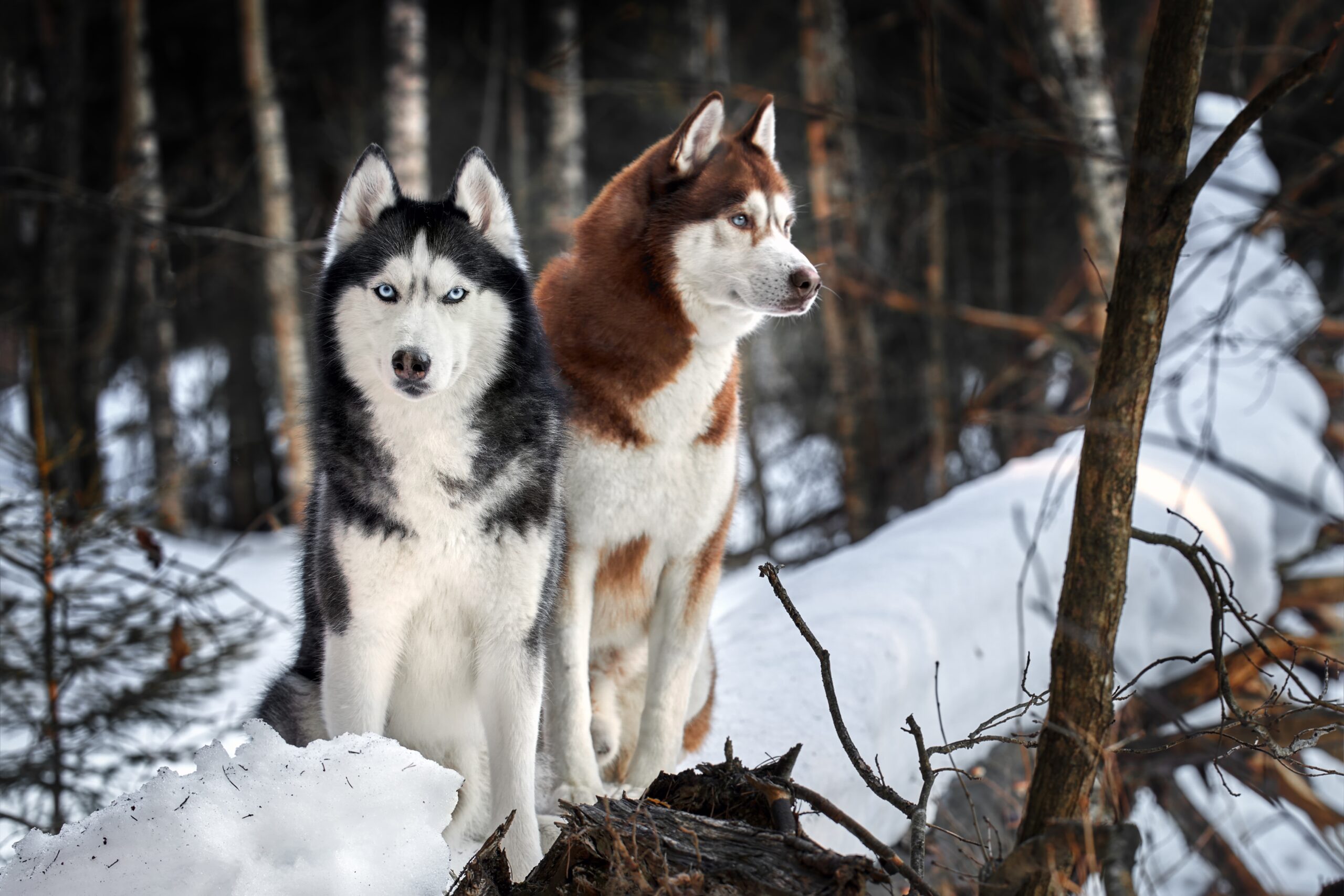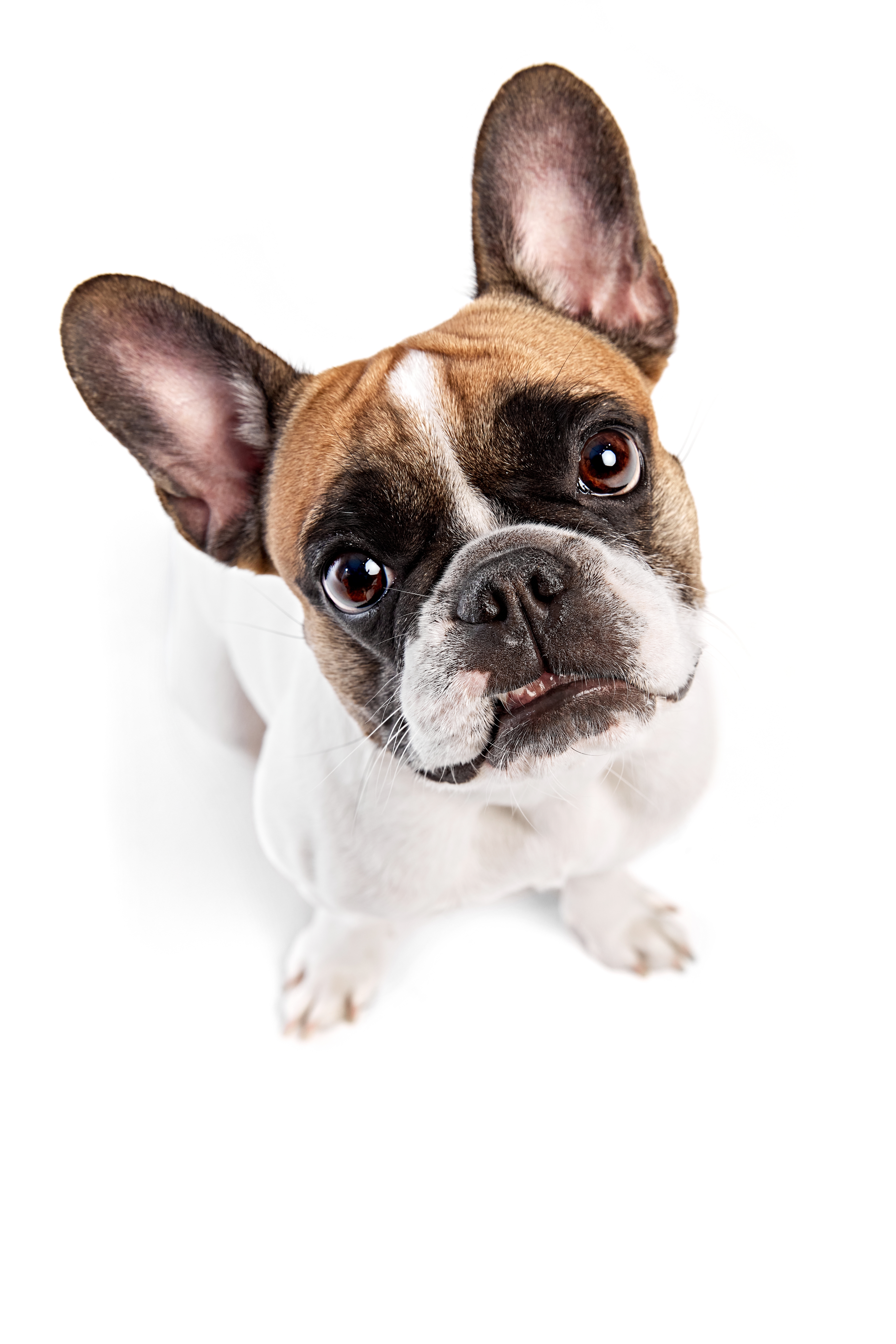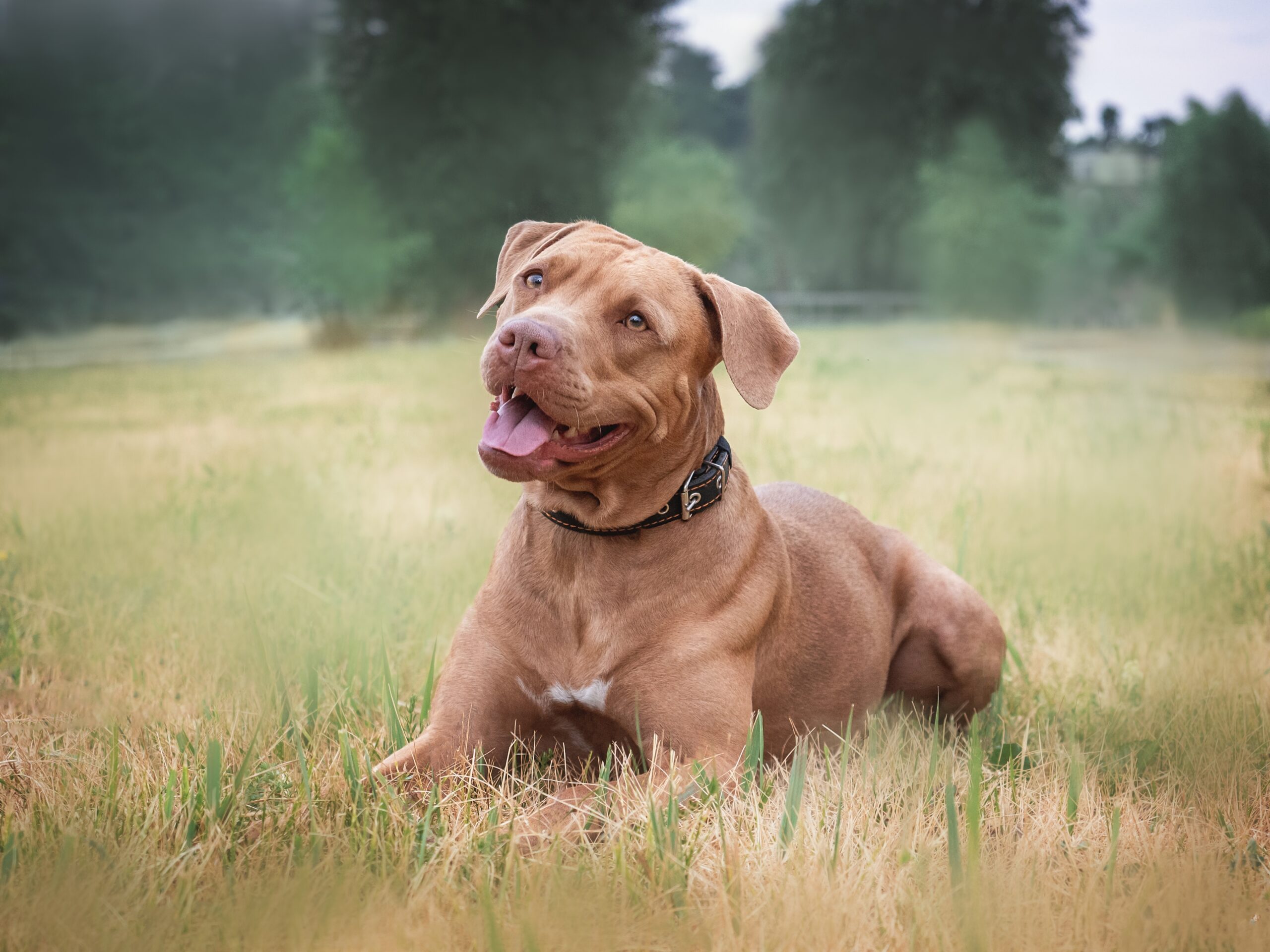The Rise of Drones in Photography and Videography
Drones have transformed the landscape of photography and videography, allowing enthusiasts and professionals alike to capture stunning aerial views that were once only possible with helicopters or planes. This technological advancement has not only made aerial photography more accessible but also more affordable. With drones, photographers and videographers can explore new angles and perspectives, bringing a fresh and dynamic dimension to their work.
The appeal of drones lies in their versatility and ease of use. They are equipped with high-resolution cameras that can shoot both photos and videos in stunning detail. This capability has opened up new opportunities in various fields such as real estate, weddings, and even wildlife photography. The ability to capture sweeping landscapes and intricate details from above has made drones an indispensable tool for creative professionals.
Furthermore, the integration of advanced features such as GPS, obstacle avoidance, and automated flight modes has made drones more user-friendly. These features allow users to focus more on capturing the perfect shot rather than worrying about the technical aspects of flying. As a result, drones have become a popular choice for both amateur and professional photographers looking to enhance their portfolios with aerial shots.
Key Features and Considerations for Drone Selection
When choosing a drone for aerial photography and videography, several key features should be considered to ensure that the device meets the specific needs of the user. Camera quality is paramount, as it directly affects the clarity and detail of the images and videos captured. Most drones come with cameras that offer at least 12 megapixels and can record in 4K resolution, providing exceptional clarity and detail.
Another important consideration is the drone’s flight time and range. Longer flight times allow for extended shooting sessions, while a greater range provides more flexibility in capturing shots from various distances and angles. Typically, consumer drones offer flight times ranging from 20 to 30 minutes, with ranges extending up to several kilometers.
Stability and ease of control are also crucial factors. Drones equipped with gimbals provide stabilized footage, reducing the effects of wind and movement. User-friendly controls and intuitive interfaces make it easier for photographers and videographers to focus on their creative vision rather than the complexities of flying the drone.
- Camera quality: At least 12 megapixels, 4K video capability
- Flight time: 20-30 minutes
- Range: Several kilometers
- Stability: Gimbal-equipped for steady shots
- Control: User-friendly interface
Creative Applications and Impact on the Industry
The introduction of drones has significantly impacted the creative industries, offering new possibilities and expanding the horizons of what can be achieved in photography and videography. In real estate, drones provide an efficient way to showcase properties from unique angles, highlighting features that might be overlooked in traditional ground-based photography.
In the film industry, drones have become a valuable tool for capturing sweeping cinematic shots that enhance storytelling. They allow filmmakers to create dynamic sequences that were previously out of reach due to budget or logistical constraints. This democratization of aerial cinematography has led to more diverse and visually captivating content across various media platforms.
Moreover, drones have opened up new avenues for creativity in personal projects and social media content. Enthusiasts can capture breathtaking travel footage, document adventures, and share unique perspectives with a global audience. This accessibility has fostered a new generation of creators who are redefining the boundaries of visual storytelling.
- Real estate: Unique property showcases
- Film industry: Cinematic aerial shots
- Social media: Engaging and diverse content
- Personal projects: Enhanced creative expression





